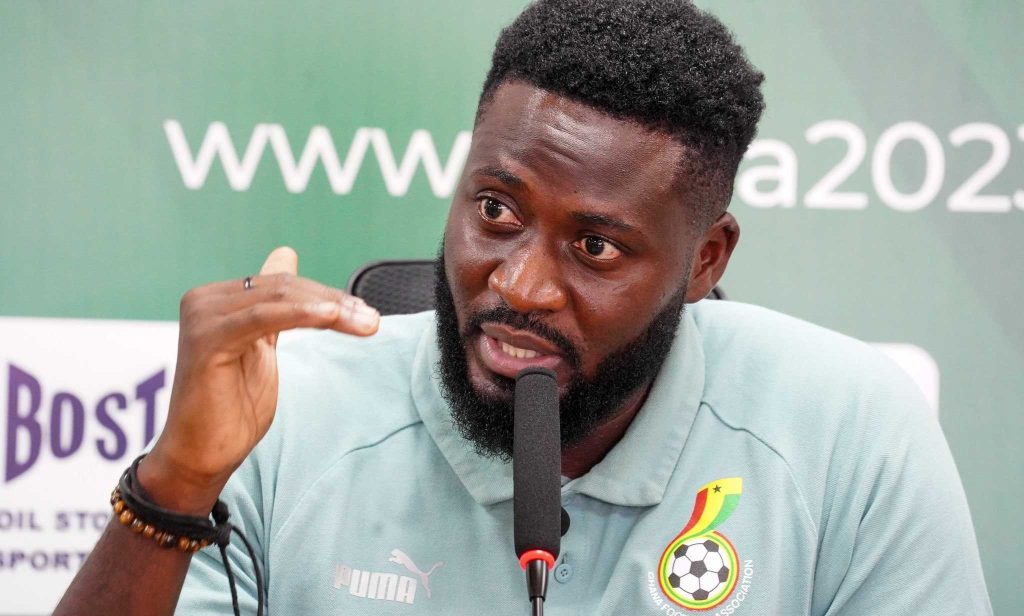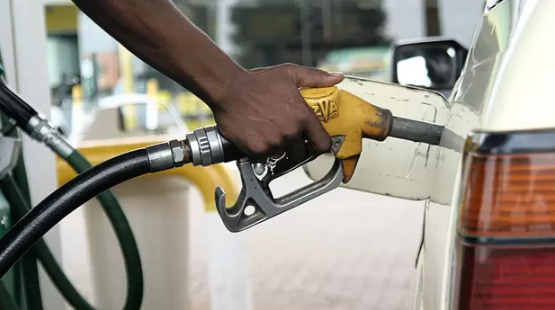Dr. Emmanuel Sowatey, the writer
It is a truism that violations of traffic regulations are a common feature on our roads and a major contributory factor to avoidable injuries and deaths. However, these traffic violations sometimes manifest differently between commercial drivers and private vehicles.
The nature of these violations paints a picture of how citizens inhibit different realms within the state and how the state, in turn, relates to them differently. I attempt to briefly explore these issues here.
Sitting in hectic traffic at the peak of the evening rush hour a few years ago, I was sweating in the heat in my old Opel Vectra B. Trotro drivers passed me on the hard shoulders of the road and then sleekly nosed their way back onto the lane making those of us adhering to the rules virtually stationary.
As a person with a deep affinity and strong passion for the marginalised in society, I had some level of tolerance for the (often rickety) Trotro drivers and their (at least 15) passengers on board who are most likely from low socioeconomic backgrounds.
What annoyed me was the effrontery displayed by some 4x4s/SUVs in flagrantly breaching the traffic regulations by using their hazard lights in combination with all kinds of sirens and whizzing past me. This occurrence on the road is a common feature of urban streets and led me to contemplate how such incidents reflect the discriminatory and multifaceted relationship between the state and various groups within a country.
For me, SUVs /4x4s are more than mere vehicles or means of transport. They can serve as strategic assets that grant their owners or occupants the flexibility and potential to manipulate and redefine/renegotiate the nature of the relationship between the law and specific segments of the population.
In effect, some vehicles elevate their occupants (even if temporarily) above the law, while at the same time, the very same law and its enforcement often weigh heavily on others, such as Trotro drivers and those with low socioeconomic status.
This phenomenon, I believe, partly explains why Trotro drivers are frequently the most prosecuted. Trotro drivers are not inherently pathological rule-breakers, whereas 4×4 owners voluntarily adhere to the same rules. They both embody and inhabit different realms of the state and illustrate how the law interacts with them.
In this vein, I believe Trotro drivers firmly understand their position within the state and try to avoid conflict with the law. These commercial drivers embody or symbolise the most vulnerable and marginalised population within the criminal justice system and are the choice of prey for police and (maybe) the entire criminal justice system (CJS).
They are easy prey when it comes to looking for scapegoats to increase statistics showing the efficiency of the entire CJS and their ability to demonstrate general deterrence.
On the other hand, the 4×4/SUV symbolises power, influence and strong connections with the corridors of authority within the state. This redefinition of the relationship between the state and its citizens is most evident when those in 4×4/SUVs openly violate traffic regulations with amusement and flair.
So, for instance, whereas the Trotro drivers breach traffic regulations during rush hours by driving on the margins of urban roads, some occupants of 4x4s/SUVs activate their hazard lights and drive straight through the centre of single lanes with a remarkable display of glitter, arrogance and boldness – sometimes ahead of or behind police cars with their sirens blaring.
Trotro drivers and some low-end vehicles would generally not breach the rules in this manner. For me, this sharp contrast of violating traffic regulations highlights the broader issue of the discriminatory nature of the relationships between the law and different segments of society. It also underscores the distinct and unequal realms that other road users inhabit – extending to the criminal justice system and the state.
Within this context, I once smiled so broadly when the police arrested several 4x4s/SUVs that had breached traffic regulations. At one moment, I busted out singing KK Kabobo’s song.
Wainaa-boo-boo-pa
Nkan nkan nnɔtɔ naabredu
Naabredu nidzin naa nyedɛ
Onyame ahu wo
Sɛ inyaa ma ɛpae
Onyame ahu wo ooo
Ebɛte aa na wa’start ɔre rap…
Let me end with two caveats. First, NOT all SUVs/4×4 and commercial drivers breach traffic regulations. Second, we should not nurture and entrench a culture on the road that terrorist and criminal gangs can easily exploit to our harm.
I have omitted the role of okada riders, taxi drivers, bullying tipper drivers, tricycle operators, etc, from this discussion and will address them another day. In criminology, we know that the best form of compliance with the law is voluntary compliance. Let us strive to do the right thing.
Emmanuel Sowatey, (PhD, Cantab), Institute of Criminology, University of Cambridge.
Email: Eas96@cam.ac.uk
DISCLAIMER: The Views, Comments, Opinions, Contributions and Statements made by Readers and Contributors on this platform do not necessarily represent the views or policy of Multimedia Group Limited.

















